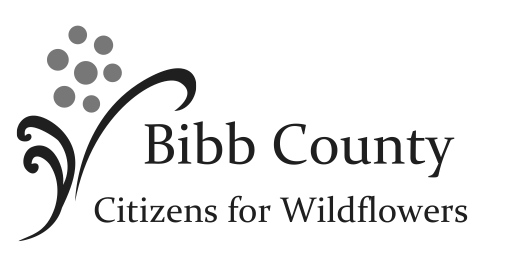As local governments work to maintain roadways and control vegetation along highways and streets, many communities rely on chemical herbicide spraying programs. While these programs serve important maintenance purposes, citizens should be informed about and engaged with decisions regarding roadside spraying in their areas. Here's why this issue deserves your attention and what you should know.
Environmental Impact
One of the primary concerns about roadside spraying is its potential environmental impact. Herbicides used in these programs can affect more than just their target vegetation. When these chemicals are sprayed along roadsides, they can:
- Drift beyond the intended application area, affecting nearby gardens, crops, and natural areas
- Seep into groundwater and local waterways through runoff
- Impact beneficial insects, including pollinators like bees and butterflies
- Harm native plant species that provide essential habitat for local wildlife
- Contribute to soil degradation over time creating road hazards from erosion
Health Considerations
The health implications of roadside spraying programs deserve careful consideration. While regulatory agencies approve herbicides for use, questions remain about:
- Exposure risks for sensitive populations, including children and those with chemical sensitivities
- Cumulative effects of repeated exposure to spray chemicals
- Potential interactions between different herbicides used in spray programs
- Long-term health impacts that may not be fully understood
- Exposure risks for pets and livestock near sprayed areas
Cost Effectiveness
While chemical spraying may seem like an efficient solution for vegetation control, alternative methods might be more cost-effective in the long run. Communities should consider:
- Initial versus long-term costs of spraying programs
- Expenses related to environmental remediation
- Expenses from erosion-related road repair
- Healthcare costs potentially associated with chemical exposure
- Alternative vegetation management strategies that might provide better value
- Hidden costs of damage to beneficial species and ecosystems
Alternative Approaches
Many communities are exploring alternatives to chemical spraying programs, including:
Mechanical Control:
- Mowing and trimming
- Mulching
- Physical barriers
Biological Control:
- Strategic planting of competitive native species
- Grazing programs using sheep or goats
- Natural pest management systems
Integrated Management:
- Combining multiple control methods
- Targeted spot-treatment rather than broad spraying
- Seasonal timing of control measures
What Citizens Can Do
If you're concerned about roadside spraying in your community, there are several ways to get involved:
- Stay Informed
- Request information about spraying schedules and chemicals used
- Attend local government meetings where these programs are discussed
- Research the specific herbicides used in your area
- Advocate for Transparency
- Push for proper notification before spraying occurs
- Request clear signage in sprayed areas
- Ask for public disclosure of spray program details and costs
- Propose Alternatives
- Research successful alternative programs in other communities
- Present cost-benefit analyses of different management approaches
- Organize community support for alternative methods
- Protect Your Property
- Register for no-spray zones if your locality offers them
- Create buffer zones between public roads and private property
- Document any damage from spray drift
- Participate in Policy Making
- Engage with local officials about vegetation management policies
- Join or form citizen advisory committees
- Support ordinances requiring integrated pest management approaches
Looking Forward
As communities become more environmentally conscious and health-aware, many are reassessing their approach to roadside vegetation management. Citizens play a crucial role in this evolution by:
- Demanding transparency about spray programs
- Supporting research into alternatives
- Advocating for sustainable management practices
- Participating in policy discussions
- Monitoring program implementation and results
Conclusion
Roadside spraying programs directly affect community health, environmental quality, and public spending. By staying informed and engaged, citizens can help ensure these programs balance maintenance needs with public and environmental health concerns. Whether advocating for alternative approaches or simply seeking better information about current practices, your involvement matters in shaping how your community handles vegetation management.
Remember, the goal isn't necessarily to eliminate all chemical use, but rather to ensure that whatever methods are used are safe, effective, and in the best interest of the community as a whole. By paying attention to this issue and participating in related decisions, you help create better outcomes for everyone affected by these programs.
Take time to learn about your local roadside management practices and consider how you can contribute to improving them. Your engagement could help create positive changes that benefit both current and future generations in your community.
